
Starting June 1st, 2023 Our warehouse fee will be $0.65/cubic foot per month
In effort to lower the warehouse storage fee during inflation, we have went narrow aisle racking.This construction took us four months but the project is finally completed. With narrow aisle racking, we are able to drop storage by 24%.We as partners will go through this inflation together.
11/04/2025
Shipping from China to Singapore has become one of the most important trade routes in Asia. With Singapore acting as a global logistics hub and China being the world’s leading exporter, this shipping lane supports thousands of businesses every year. Whether you’re a company importing bulk goods or an individual sending packages, understanding the shipping from China to Singapore process is crucial to saving costs, reducing delays, and ensuring smooth delivery.
In this comprehensive guide, we’ll cover:
Shipping methods (air freight, sea freight, express)
Shipping costs and factors that affect pricing
Step-by-step process of moving goods from China to Singapore
Customs clearance in both countries
Transit times for each shipping method
Best practices to reduce delays and costs
Why working with a professional freight forwarder like Worldcraft Logistics is essential
By the end of this article, you’ll have a clear roadmap for shipping from China to Singapore efficiently.

The shipping market from China to Singapore, spanning September 2025 to the present (early November 2025), is characterized by stability and predictability in pricing, a trend that contrasts with the volatility seen on major global routes. Throughout this period, sea freight rates have remained consistent, typically costing around $700 for a 40-foot container. Similarly, air freight has held steady, offering predictable costs for time-sensitive cargo.
This relative calm is supported by strong, consistent demand for trade within the Southeast Asian region. While global routes (like Transpacific and Asia-Europe) grapple with capacity strains due to persistent geopolitical issues and ongoing Red Sea reroutings, the shorter China-Singapore lane benefits from being an integral part of this resilient intra-Asia trade flow.
The reliability of this corridor is further enhanced by Singapore’s high operational efficiency, which has maintained good port capacity and minimized major congestion. For importers, this translated into predictable transit times, generally averaging 7–10 days for sea freight, making the route a reliable cornerstone for supply chain planning during a globally turbulent period.
The shipping process from China to Singapore involves coordination between the supplier, a freight forwarder, carriers, and customs agencies in both countries. It can be broadly divided into three main phases: Export in China, Main Transport, and Import in Singapore.
PHASE | STEP | KEY ACTION / RESPONSIBILITY | ESSENTIAL DOCUMENTS / NOTE |
I. Export Preparation (China) | 1. Booking & Sourcing | The importer chooses a Freight Forwarder and confirms Incoterms (e.g., FOB, EXW) with the Chinese supplier. | Purchase Order, Supplier Invoice |
2. Pre-carriage | Supplier/Forwarder arranges transport of goods from the factory to the Chinese port/airport of loading (e.g., Shenzhen, Shanghai). | Packing List (for size/weight) | |
3. Export Clearance (China) | Forwarder submits the Export Declaration to China Customs, detailing the goods, value, and destination. | Commercial Invoice, Packing List, Export Declaration | |
4. Loading & Departure | Goods are cleared, loaded onto the vessel (FCL/LCL) or aircraft, and the carrier issues the transport document. | Bill of Lading (B/L) or Air Waybill (AWB) | |
II. Main Carriage (Transit) | 5. Transit | The vessel sails or the aircraft flies directly to Singapore. | Shipment Tracking (via B/L or AWB) |
6. Arrival Notification | Carrier or Forwarder notifies the Singapore consignee of the shipment's impending arrival at the Port of Singapore (PSA) or Changi Airport (SIN). | Arrival Notice | |
III. Import & Delivery (Singapore) | 7. Customs Account Activation | Importers must have a Unique Entity Number (UEN) and an activated Singapore Customs Account. | UEN, Customs Account |
8. Import Permit Application | Importer (or their Declaring Agent/Forwarder) applies for an Import Permit via the TradeNet system before cargo clearance. | TradeNet Permit (required for all imports) | |
9. Clearance & Payment | Forwarder submits final documents and the approved permit to Singapore Customs. GST (9%) and any applicable Duties are paid (usually via Inter-Bank GIRO). | Approved Import Permit, Proof of Tax/Duty Payment | |
10. Final Delivery | Once cleared by Singapore Customs, the cargo is unstuffed (LCL) or unloaded (FCL/Air) and trucked to the importer's final warehouse or address. | Delivery Order, Final Proof of Delivery |
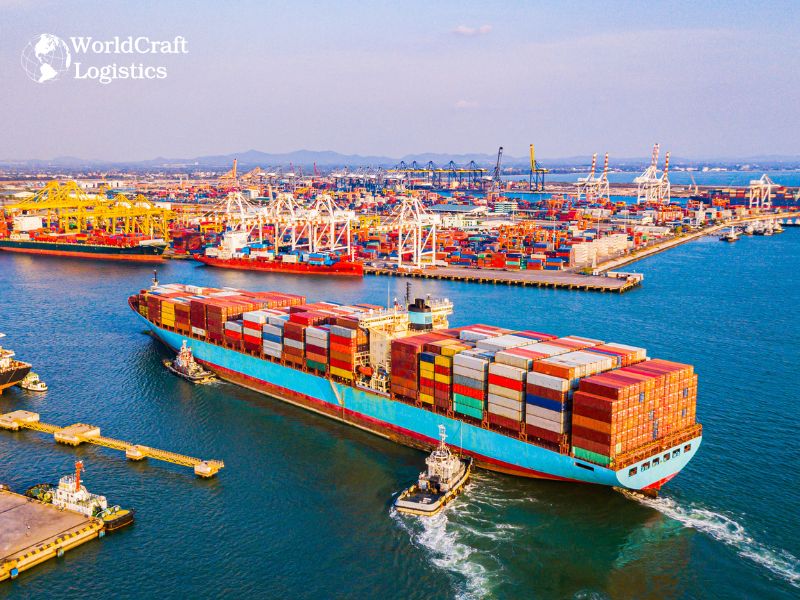
Singapore, renowned as a global trading hub and a free port, maintains a highly streamlined but mandatory system for taxing imported goods. Businesses shipping from China to Singapore must fully understand the two core components of import taxation: Goods and Services Tax (GST) and Customs Duties. Compliance is essential for smooth customs clearance and to avoid severe penalties.
The Goods and Services Tax (GST) is Singapore’s broad-based consumption tax. It applies to nearly all goods and services consumed domestically, including those imported from overseas.
Current GST Rate: The prevailing GST rate is 9.0% (as of 2025). This is levied on almost all imports, regardless of the importer’s GST registration status.
Taxable Value Calculation: GST is calculated on the Taxable Value of the import, which is determined by the Cost, Insurance, and Freight (CIF) value of the goods, plus any applicable Customs Duties and incidental charges.
GST Payable = (CIF Value + Customs Duty) * 9%
GST Relief (Low-Value Goods): For goods imported via air or post only, a GST relief is granted if the total CIF value does not exceed S$400. If the CIF value is above S$400, the entire value is subject to the 9.0% GST (with the exception of dutiable goods, which are always taxed).
While Singapore is largely a duty-free port, Customs Duties (or Excise Taxes) are specifically levied on a very narrow list of goods for social and environmental reasons. Most general merchandise, electronics, textiles, and machinery are not subject to Customs Duty (0% duty rate).
The four main categories of Dutiable Goods are:
Dutiable Category | Taxation Method |
Intoxicating Liquors | Calculated based on the volume of alcohol (per Litre of Alcohol or per Litre of Product). |
Tobacco Products | Calculated based on weight or quantity (e.g., per kilogram). |
Motor Vehicles | Calculated based on an ad valorem rate (a percentage of the value). |
Petroleum Products & Biodiesel Blends | Calculated based on volume. |
For goods falling into these categories, the Customs Duty must be calculated and paid before the 9.0% GST is applied to the final taxable value.
For efficient import clearance through Singapore Customs, businesses must follow these steps:
Customs Account: Importers must have an active Singapore Customs Account linked to their Unique Entity Number (UEN).
TradeNet Permit: An Import Permit must be applied for and approved via the TradeNet system prior to the cargo's arrival. This permit dictates the required taxes and duties.
Payment: All duties and GST must be paid to Singapore Customs, typically through an Inter-Bank GIRO (IBG) account, before the goods are released from customs control.
By correctly classifying goods using the HS Codes and accurately calculating the GST and any applicable duties, importers can ensure seamless, penalty-free entry into the highly efficient Singapore market.
The table below provides current indicative rates for the main shipping modes:
SHIPPING METHOD | VOLUME/WEIGHT UNIT | INDICATIVE COST (USD) | ESTIMATED TRANSIT TIME | BEST FOR |
Sea Freight (FCL) - 20ft Container (20GP) | Per Container | $380 – $1,250 | 7–10 Days | Medium to large volume shipments (approx. 28 CBM). |
Sea Freight (FCL) - 40ft Container (40GP) | Per Container | $700 – $1,950 | 7–10 Days | High-volume, non-urgent bulk cargo (approx. 56 CBM). |
Sea Freight (LCL) - Less than Container Load | Per Cubic Meter (CBM) | $50 – $120 | 10–14 Days | Small shipments (under 15 CBM) that are cost-sensitive. |
Air Freight | Per Kilogram (for $\ge$1,000 kg) | $1.50 – $3.20 | 2–4 Days | High-value goods, perishables, and urgent inventory. |
Sea freight is the most cost-effective solution for large volumes, offering predictable pricing on this route.
FCL (Full Container Load): The rates for both 20ft and 40ft containers have been generally stable in the latter half of 2025. The lower end of the cost range is often seen from southern China ports (like Shenzhen), while the higher end accounts for longer journeys from northern ports (like Tianjin or Qingdao) and current port surcharges.
LCL (Less than Container Load): This option is calculated per Cubic Meter (CBM) and includes costs for consolidation and deconsolidation at the ports. While the per-CBM freight rate is low, remember that LCL often involves more local handling fees at both the origin (China) and destination (Singapore).
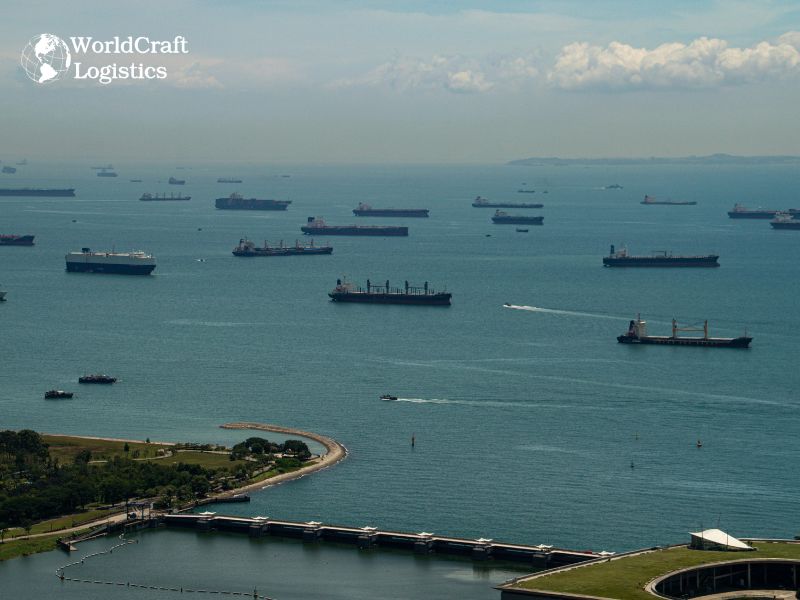
Air freight is preferred for speed and reliability, but it is significantly more expensive than sea freight.
Pricing Basis: Air freight is billed based on the chargeable weight, which is the greater of the actual gross weight or the volumetric weight (dimensional weight).
Best Value: Rates are most competitive for larger commercial shipments (e.g., above 1,000 kg), where the cost can drop to the lower end of the range. Express services are substantially higher.
The quoted ocean and air rates above are the main freight charges (port-to-port or airport-to-airport) but do not include the total "landed cost." You must also budget for:
Origin Charges (China): Terminal Handling Charges (THC), documentation fees, and pre-carriage (transport to the port).
Destination Charges (Singapore): GST (9.0%) and Customs Duties (for dutiable goods), Terminal Handling Charges (THC), and final delivery (post-carriage).
Insurance: Generally recommended, typically calculated as 0.1% to 0.2% of the total commercial value of the cargo.
When planning international trade, one of the most important decisions is choosing the right shipping method. The best option depends on your budget, cargo size, urgency, and type of goods. Generally, businesses and individuals shipping from China to Singapore choose among air freight, sea freight, and express courier services. Below is a detailed breakdown of each option, including transit times, costs, advantages, disadvantages, and real-world examples.
Transit Time: 1–3 days
Best For: Urgent, high-value, lightweight shipments
Cost Range: $4–$10 per kilogram
Air freight is the go-to choice when speed is the top priority. Flights between major Chinese cities (such as Shanghai, Shenzhen, or Guangzhou) and Singapore’s Changi Airport are frequent, making this option highly reliable.
*Advantages of Air Freight:
The fastest shipping method from China to Singapore, perfect for urgent deadlines.
Scheduled flights ensure consistent delivery windows.
Airports have strong security protocols, making air freight ideal for sensitive or fragile goods.
*Disadvantages of Air Freight:
It’s significantly more expensive than sea freight, especially for bulky cargo.
Airlines have strict limits on package weight and dimensions.
Example Use Case: A fashion retailer launching a new holiday collection in Singapore may use air freight to ensure products arrive in time for peak shopping seasons. Similarly, tech companies often rely on air freight for smartphones, chips, or other high-value electronics.
Transit Time: 10–20 days (port-to-port)
Best For: Large, heavy, or oversized cargo
Cost Range:
FCL (Full Container Load): $1,000–$4,000 per container
LCL (Less than Container Load): $10–$30 per cubic meter
Sea freight is the most cost-effective method for shipping from China to Singapore, especially for bulk goods. With strong maritime connections between Chinese ports (Shanghai, Ningbo, Shenzhen, Guangzhou) and Singapore’s PSA and Jurong ports, businesses benefit from smooth trade flows.
*Advantages of Sea Freight:
Much cheaper than air freight, especially for large shipments.
Ideal for bulky cargo such as furniture, raw materials, or machinery.
FCL and LCL options let shippers pay only for the space they need.
*Disadvantages of Sea Freight:
Goods take 2–3 weeks on average, so planning ahead is essential.
Port handling, customs clearance, and documentation add complexity.
Example Use Case: A furniture manufacturer shipping 50 cubic meters of products from Guangzhou to Singapore would save significantly by booking LCL or FCL sea freight. A construction company importing steel beams or building materials would also find sea freight far more economical.
Transit Time: 2–5 days
Best For: Small parcels, e-commerce orders, urgent samples
Providers: DHL, FedEx, UPS, SF Express
Express courier shipping is perfect for individuals and e-commerce sellers who need fast, door-to-door delivery from China to Singapore. Couriers like DHL, FedEx, and UPS handle everything, from pickup at the supplier’s warehouse in China to final delivery at a customer’s doorstep in Singapore.
*Advantages of Express Shipping:
No need to handle port or customs paperwork.
Faster than sea freight and comparable to air freight.
Full visibility with online tracking from start to finish.
*Disadvantages of Express Shipping:
More expensive than sea freight for heavier items.
Not suitable for large or oversized cargo.
Example Use Case: An e-commerce seller shipping small gadgets, cosmetics, or fashion accessories from Shenzhen to customers in Singapore may use DHL or SF Express to ensure parcels arrive within a few days.
Final thoughts on choosing a shipping method -> No single shipping method fits all scenarios. The best choice depends on your priorities:
Need it fast? Choose air freight or express shipping.
Shipping large cargo on a budget? Go with sea freight.
Handling small e-commerce orders? Opt for express couriers.
Working with a reliable freight forwarder like Worldcraft Logistics ensures you balance speed, cost, and reliability while shipping from China to Singapore.
Shipping between China and Singapore requires more than just transportation demands efficiency, compliance, and reliability. Worldcraft Logistics has built a reputation as a trusted freight forwarding partner, helping businesses of all sizes streamline their supply chains across this busy trade route.
End-to-End Logistics Solutions – From supplier pickup in China to final delivery in Singapore, we manage every stage of the journey.
Cost-Effective Rates – With long-standing carrier relationships, we negotiate competitive air and sea freight contracts that save you money.
Customs Expertise – Our in-depth knowledge of both Chinese and Singaporean customs ensures fast, compliant clearance with minimal delays.
Flexible Shipping Options – Whether you need FCL, LCL, air freight, or express delivery, we tailor solutions to your cargo type, budget, and timelines.
By combining industry expertise with a customer-first approach, Worldcraft Logistics helps you ship smarter, reduce risks, and achieve greater supply chain efficiency.
Whether you’re a startup exploring imports or a large enterprise managing supply chains, Worldcraft Logistics ensures your goods arrive safely, on time, and within budget.
Transit time is one of the most important factors when planning your shipping from China to Singapore. Understanding how long each shipping mode takes sea, air, and express helps importers balance cost, urgency, and inventory planning. Transit times can vary depending on the port of origin, shipping method, customs processing, and carrier efficiency.
Sea freight remains the most cost-effective option for bulk or non-urgent shipments between China and Singapore. On average:
Full Container Load (FCL): 5–9 days port-to-port
Less than Container Load (LCL): 7–12 days port-to-port, depending on consolidation schedules
Popular departure ports such as Shanghai, Ningbo, Shenzhen, and Guangzhou offer frequent weekly sailings to the Port of Singapore, ensuring flexible options for importers. However, total delivery time may increase by 2–4 days if there are customs inspections or transshipment involved.
For businesses prioritizing speed, air freight from China to Singapore offers fast and reliable delivery:
Standard Air Freight: 1–3 days door-to-door
Express Air Freight or Courier: 1–2 days, depending on the airline and customs clearance
Air shipments typically depart from Shanghai (PVG), Shenzhen (SZX), or Guangzhou (CAN) and arrive at Singapore Changi Airport (SIN). Despite higher costs, air freight ensures minimal delay and is ideal for electronics, fashion, or time-sensitive goods.
For small parcels and e-commerce products, express shipping through DHL, FedEx, UPS, or SF Express is the fastest solution:
Transit Time: 1–3 working days door-to-door
Includes customs clearance, delivery, and tracking services
Express courier services often include DDP (Delivered Duty Paid) options, making them convenient for online sellers and SMEs.
Air freight: 1–3 days (fastest option, ideal for urgent or high-value goods).
Express courier: 2–5 days (door-to-door convenience, great for small parcels or e-commerce).
Sea freight: 10–20 days (the most cost-effective for large, heavy, or oversized shipments).
Tip: Factor in customs clearance time and peak season delays when planning your logistics schedule.
To ensure smooth customs clearance, you’ll typically need:
Commercial Invoice – details product value, description, and buyer/seller info.
Packing List – specifies contents, weight, and dimensions.
Bill of Lading (B/L) or Airway Bill (AWB) – proof of shipment issued by the carrier.
Certificate of Origin (if applicable) – verifies where the goods were manufactured.
Import Permit (Singapore) – required for controlled or restricted items.
Working with a freight forwarder like Worldcraft Logistics ensures your paperwork is accurate and complete, avoiding costly delays.
Singapore enforces strict regulations on imports. Items that are restricted or prohibited include:
Controlled drugs and narcotics
Firearms, explosives, and ammunition
Counterfeit or pirated products
Obscene or prohibited media/materials
Products from endangered species (e.g., ivory, certain animal skins, exotic plants)
Always check the latest Singapore Customs guidelines before shipping, or consult your freight forwarder to avoid non-compliance.
For bulk or heavy cargo: Sea freight (FCL – Full Container Load) is the most cost-efficient.
For smaller shipments: LCL (Less than Container Load) or consolidated express shipping offers better rates.
For small parcels or e-commerce packages: Express couriers with consolidation options help minimize per-unit costs.
Pro tip: Maximizing container space and consolidating shipments are the best ways to lower overall freight costs.
Shipping from China to Singapore may seem complex at first, but with the right knowledge and strategy, the process becomes far more manageable. Whether you choose air freight for speed, sea freight for cost savings, or express courier for convenience, success comes down to three things: planning ahead, preparing proper documentation, and choosing the right logistics partner.
For businesses looking to reduce shipping costs, shorten transit times, and avoid customs delays, partnering with an experienced freight forwarder makes all the difference.
At Worldcraft Logistics, we specialize in end-to-end shipping from China to Singapore covering everything from supplier pickup to customs clearance and final delivery. With our expertise, negotiated carrier rates, and flexible solutions, you can focus on growing your business while we handle the logistics.
Ready to simplify your China–Singapore shipping? Contact Worldcraft Logistics today for a tailored solution.
SEO
Digital Marketing/SEO Specialist
Simon Mang is an SEO and Digital Marketing expert at Wordcraft Logistics. With many years of experience in the field of digital marketing, he has shaped and built strategies to effectively promote Wordcraft Logistics' online presence. With a deep understanding of the logistics industry, I have shared more than 500 specialized articles on many different topics.

Shipping
12/21/2023
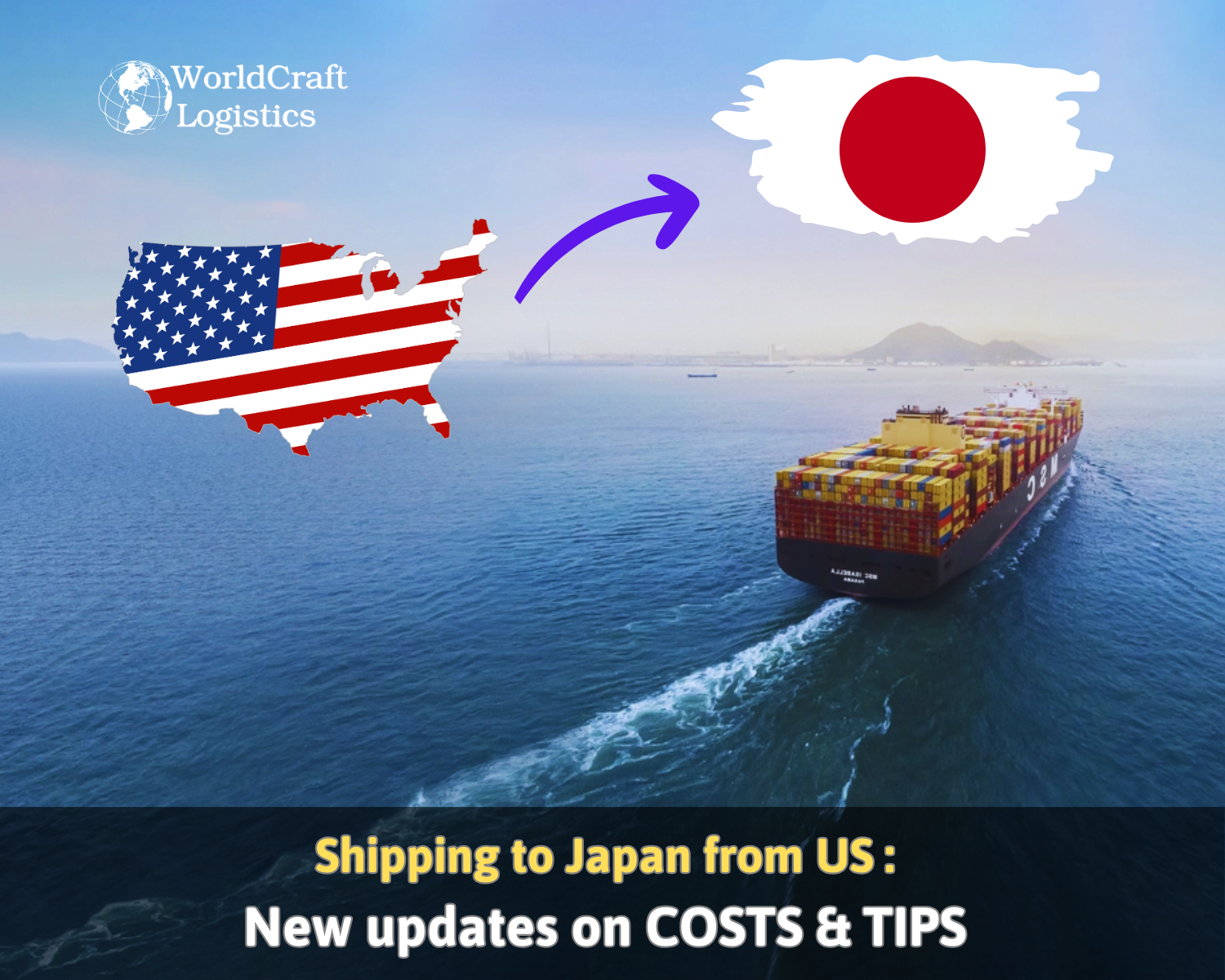
Shipping
02/28/2024
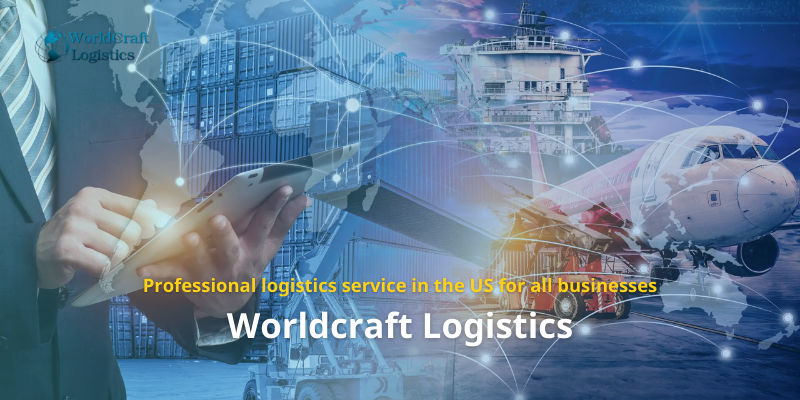
Shipping
12/24/2023
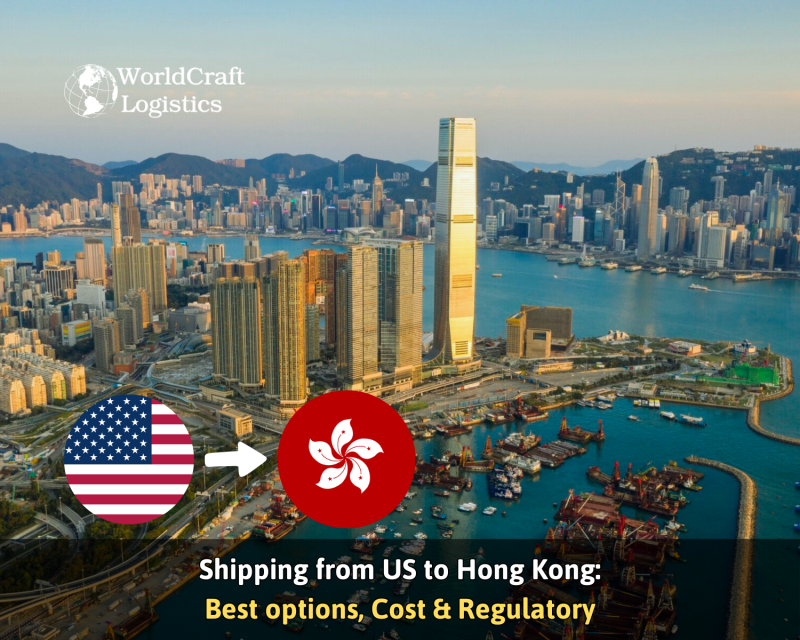
Shipping
04/02/2024

Shipping
11/04/2024